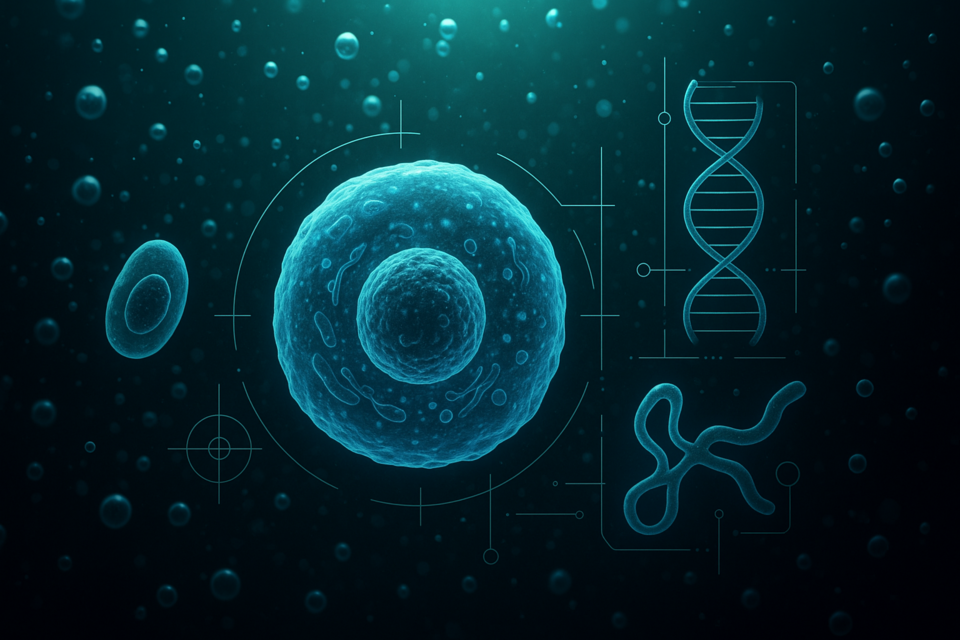Introduction to Cell and Molecular Biology
Unlock the Secrets of Life with Molecular Mastery
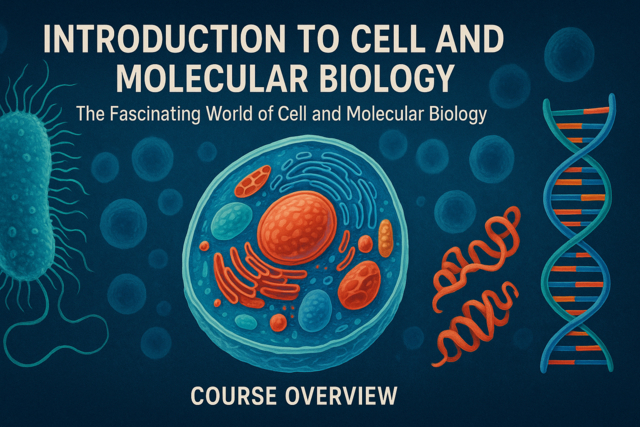
18 Hours average completion time
1.8 CEUs
20 Lessons
21 Exams & Assignments
10 Discussions
20 Videos
21 Reference Files
131 Articles
Mobile Friendly
Last Updated December 2025
The Fascinating World of Cell and Molecular Biology
From microorganisms invisible to the naked eye, to the intricate internal workings of larger organisms, cell and molecular biology plays a pivotal role in shaping our understanding of life. This discipline doesn't merely remain confined to the boundaries of a laboratory. Instead, it influences diverse fields, from environmental science to the frontiers of healthcare and medicine.
Course Overview
In this comprehensive course, we will guide you through the mesmerizing landscape of cell and microbiology. Our journey will begin by exploring the foundational building blocks of all life forms. Understand the remarkable components within living entities, and grasp the interplay between organisms and their environment. How do living organisms thrive, adapt, and sometimes clash with external factors?
As we delve deeper, the course will introduce you to the intricacies of DNA and RNA - the genetic blueprints of life. Dive into the fascinating world of protein structures, and follow their journey along cellular pathways. For those with a keen interest in current biomedical research, our lessons will also provide insights into pressing issues such as pathogen mechanisms, the emergence of cancer cells, and the much-debated realm of stem cell research.
Did you know that, as of 2023, an estimated $5.8 billion has been invested in stem cell research globally? Such research promises revolutionary therapies for conditions previously deemed untreatable.
Cell and molecular biology, though intricate in nature, holds the keys to many of the mysteries surrounding our existence. Beyond its numerous applications in various sectors, the core principles of this subject illuminate many phenomena we encounter daily. By the end of this course, not only will you have gained profound knowledge, but you will also develop an enriched perspective of the world around you.
Each lesson is designed meticulously, ensuring a blend of theoretical knowledge, current statistics, and real-world applications. With a combination of assignments and exams, we evaluate your progress and understanding of each module.
Why Choose This Course?
Cell and molecular biology is not just a subject; it's a lens through which one can view the world. The implications of this field are vast and, as the data suggests, its relevance is only growing. With increasing investments in biotechnological research and its applications in medicine, agriculture, and environmental science, expertise in this area is highly sought after.
So, if you're curious about life's inner workings or wish to pursue a career in the expansive field of biology, this course promises to be a fulfilling and enlightening experience. Dive in, and let's begin this incredible journey together!
- Understand DNA and RNA functions
- Interpret energy and metabolic processes
- Analyze cellular communication systems
- Grasp cellular and molecular biology basics
- Assess genetic factors in health and disease
- Investigate biochemical transport mechanisms
- Evaluate bioinformatics tools and applications
- Understand cancer development and prevention strategies
- Explore protein structures and functions
-

Business Law for Entrepreneurs
-
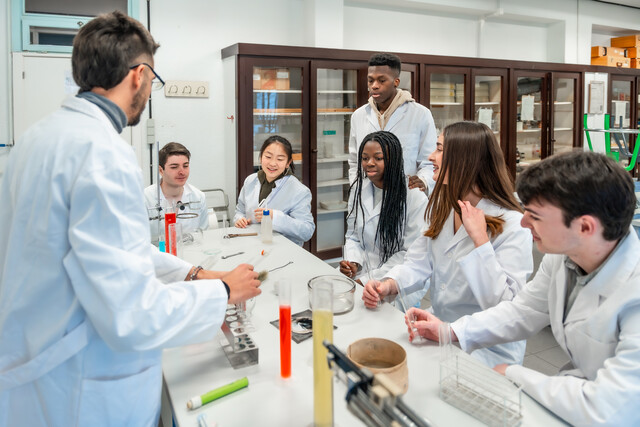
The World of Chemistry: From Atoms to Answers
-

First Grade Curriculum
-

Geography 101
-

HIPAA Compliance 101
-

Natural Skin Care 101
-
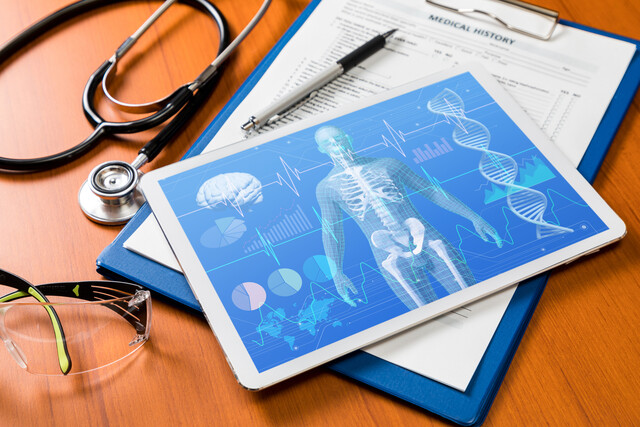
Medical Terminology 201
-

Geology 101
-

Medical Abbreviations
-

Medical Terminology 101
-
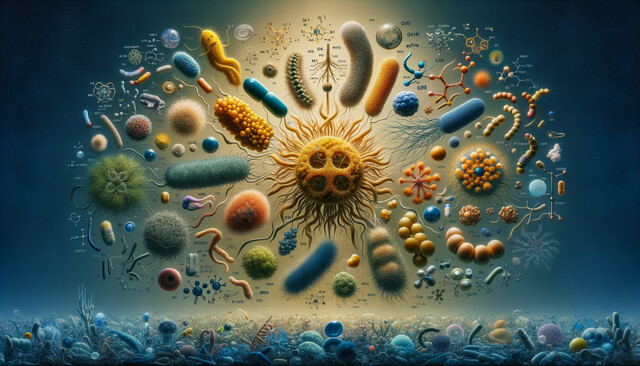
Introduction to Microbiology
-

ICD-10: Medical Coding
-

Nutrition 101
-

End of Life Care
-

Meteorology Fundamentals
-

Medical Billing and Coding Course Bundle
-

American Wars: American Revolution and Civil War
-
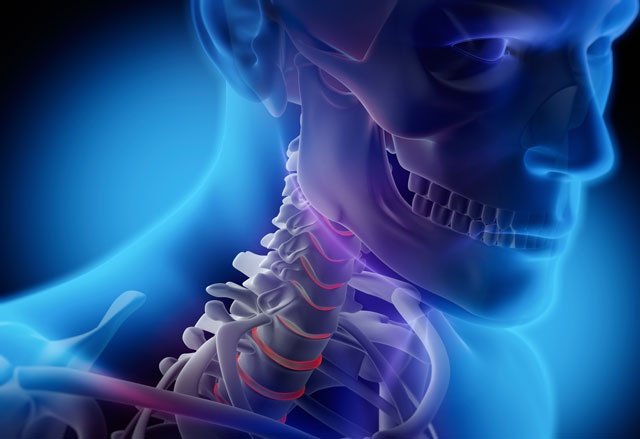
Anatomy and Physiology 101
-
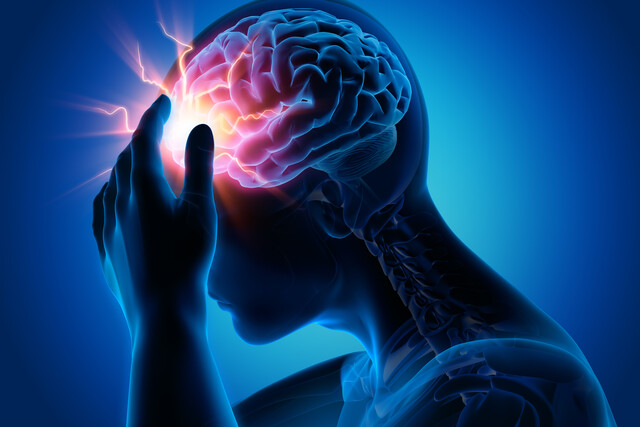
Understanding Concussions
-
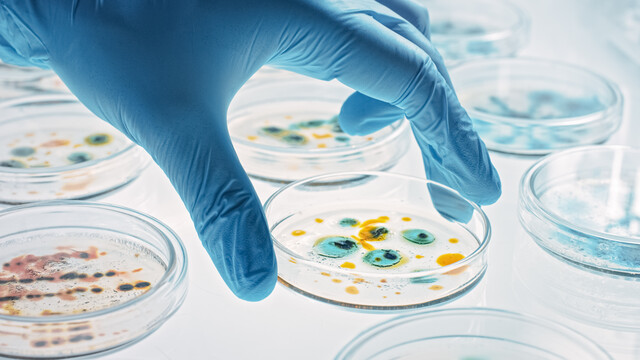
Microbiology Mastery: Unlocking the Foundations of Life
-

Manicure Magic: Secrets to Flawless Nails at Home
-

Comprehensive Medical Terminology 1 & 2
-

Astronomy 101
-

Introduction to Cell and Molecular Biology
